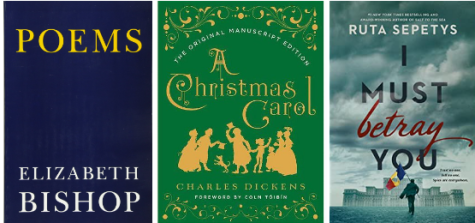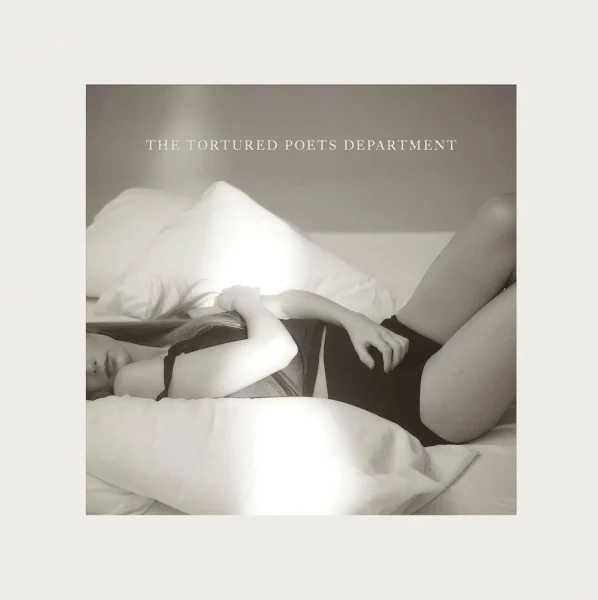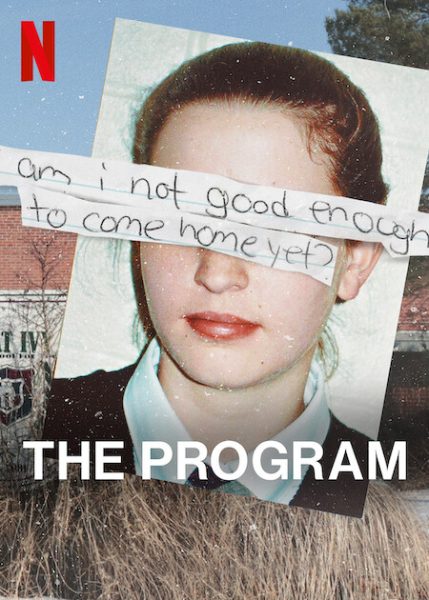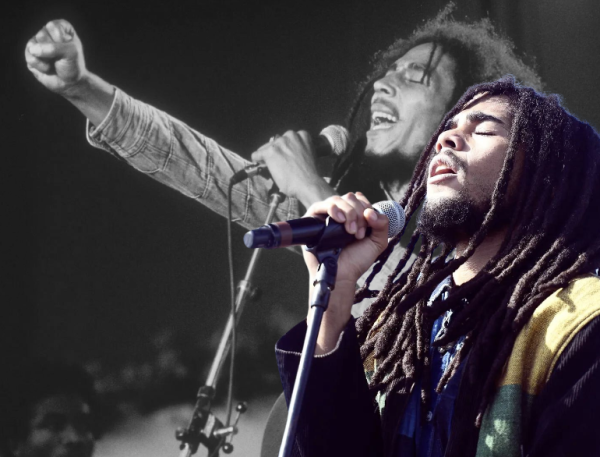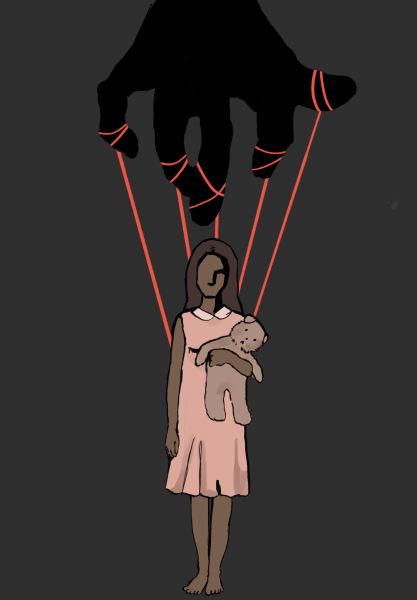East Literature Club December Book Review
As the weather steadily gets colder and we leave our houses less and less frequently trying to stave off the winter chill, what better way to spend the day then curled up with a cup of cocoa and a good book. East Lit has you covered with our December picks; three authors and three books from recommended by students and staff.
1. Poems-Elizabeth Bishop (Review by Grant Yoon ’23)
Elizabeth Bishop’s work is dense and light at once. This is clear from the first poem of this collection, where she reveals her larger metaphor with a powerful simile in a single line: in exploring the colors of maps and their intricate detail, she describes their printers as “experiencing the same excitement / as when an emotion too far exceeds its cause”. Therein lies the motive for her digressive journey from direct descriptions of land to the map in the first stanzas of the poem: the emotion that one retroactively gives their own history, as in the colors of the map; as when an emotion too far exceeds its cause.
Bishop’s style alternates throughout the poems from her lifetime, but the same innovation and intensity shine through in each. It’s difficult to mention any one poem specifically for fear of having to mention 20 others; almost any work vindicates her as one of the earliest female Poet Laureates, and Bishop’s application of her deep literacy in poetry shows itself in many techniques as varied as they are skillfully suggestive.
In terms of writing that draws on existing literature, Bishop differed from her contemporary Louise Bogan, a similar, primarily formalist poet, in that Bishop more frequently chose modern subjects for her poetry. However, the same discipline and attention to the concept she wrote into existence still made for great poetry. Unfortunately, modern symbols in poetry often convey nothing more than the simple tenor of the anxieties of modern life: a life that can’t rest on traditions of the past and where everyone feels lost, which gets old quickly (ironically enough). But Bishop treats “The Shampoo” the same way that she treats a common, literary symbol like the moon.
When Bishop employed conventional symbols such as the moon, her treatment of them was equally creative and intriguing as with her examination of typewriters, a discrete nighttime bus ride, or indulgent yachts. In “Insomnia”, the moon she presents is a solitary, defiant being, discerning everything around it, before she eventually connects the moon back to herself, a deserted, former lover, lost in half-dreams of what was. But, as with so many of her other poems, “Insomnia” has many more layers than just the meaning and its symbol. Bishop arranged the syntax of the last stanza such that the last line, seeming to be lulling into regularity (as one lulls into unconsciousness), is snapped into awareness like one experiencing a cyclic and torturous insomnia. Describing the place that her feelings for her former lover descend into, she describes “that world inverted / where left is always right, / where the shadows are really the body, / where we stay awake all night, / where the heavens are as shallow as the sea / is now deep, and you love me.”
The only suggestion I have is to read her poems, and then reread them. One of the most satisfying aspects of reading the oeuvre of such honored poets is interacting with such consistent complexity and fecundity of true masters of their craft. You will always be able to find new ways to interpret such great artist’s poems, something easily learned through Elizabeth Bishop’s Poems
2. Holiday Pick: A Christmas Carol by Charles Dickens (Review by Andrew Aeillo)
Christmas is a holiday cherished by millions all throughout the United States. On Christmas, we come together to see family, eat food, and exchange gifts. Christmas has been around since 300s AD, but it hasn’t always held ground in America. When America became independent, Christmas was not that popular, seemed more as a “European thing”. However, one novella helped spark its ever present popularity, Charles Dickens’ A Christmas Carol.
Like most Dickens works, it takes place in Victorian London, a time where many lived in poverty and blight. The story centers a businessman named Ebenezer Scrooge, who is selfish, stubborn, and lacks a heart. He refuses to donate to the poor and doesn’t understand the big hoopla of Christmas, seeing it as a “humbug”. He is even rude to his nephew, Fred. When his clerk, Bob Kratchet, asks for Christmas off, Scrooge agrees but vows that he will be fired if he is late the next day. Later in the night, Scrooge is visited by his deceased partner, Jacob Marley. Marley warns Scrooge that he will be visited by three different spirits.
During the visits with the spirits, Scrooge learns the true meaning of Christmas and changes significantly for the better. Scrooge begins to embody the ideas one has when thinking about the meaning of Christmas: spending time with those they love and treating others with generosity. This novella allowed the meaning of Christmas to be popularized, and once it became popular in America, so did Christmas. We should appreciate this story every holiday seasons, reminding both the reader and Scrooge, to treat others with kindness and generosity.
3. Staff Pick: I Must Betray You by Ruta Sepetys (Review by Mrs. Minutolo)
As an avid reader, I have enjoyed many books by Ruta Sepetys and I Must Betray You has become my favorite. One of the reasons I enjoy Sepetys’ books is that she writes historical fiction. She gives a voice to the underserved and tells the stories we weren’t taught in school. She creates such realistic characters that must overcome terrible circumstances just to survive. There are deep ethical dilemmas, strong relationships to navigate and always a force larger than life to wrestle with for survival. She is a gifted storyteller, who researches stories worth reading, and makes you root for the little guy.
I had read books about Nicolae Ceausescu, and had a fair understanding of how cruel and mercilessly he ruled Romania, but I didn’t know what life was like for the average person in Romania at that time. This book brought those challenges to life, through the eyes of a teenage boy, who struggles with daily life, survival and betrayal. I suggested this book for a book club I belong to, and while reading it I realized a friend of mine was from Romania. I called him and it turned out he had escaped from Romania around the same time a famous Olympic Gymnast . I invited him and a substitute teacher in the school who is also from Romania who immigrated 10 years after Communism fell, to attend the meeting. It was great to have their first person accounts of Romania during and after Communism.

Need help getting in the holiday mood? Try:
1. Charles Dickens-Review by Aakriti Mishri (’23)
Charles Dickens was a British novelist, journalist, editor, and social commentator, who was considered to be one of the greatest writers of the Victorian era. He was born Charles John Huffam Dickens in Portsmouth, England, on February 7, 1812. His family was very poor, and his father was sent to prison for debt in 1824, when Charles was just 12 years old, and he was forced to quit school to work at a boot-blacking factory. His books, such as David Copperfield, were based on these experiences of working under terrible conditions in those factories. He was able to go back to school, but had to drop it again at 15, where he went to work as an office boy, which became a turning point in his career as a writer.
He worked for two major London newspapers, and he wrote and submitted sketches under the pseudonym, Boz, which were published in his first book. He also wrote the Pickwick papers, which became very popular and he also edited for various magazines. He ended up publishing a total of 15 novels.
Some of his most famous works are Oliver Twist (1838), A Christmas Carol (1843), Great Expectations (1861), A Tale of Two Cities (1859), and David Copperfield (1849).
If you liked Poems, try:
2. Maya Angelou-Review by Nina Lazarovici (’23)
Maya Angelou is the first black woman to be honored by being depicted on a United States coin. In January of 2022, the U.S. mint released quarters with Angelou’s figure on it into circulation. But more importantly, she is celebrated because of her incredible poetry and groundbreaking achievements.
Maya Angelou was born Marguerite Annie Johnson on April 4, 1928 in St. Louis Missouri. In childhood, Angelou was sexually abused by her mother’s boyfriend. A series of related events led her to become mute for almost five years. Throughout this time of silence, Maya Angelou discovered her love of literature which would lead her career in the future. One telling achievement of hers occurred when she was sixteen years old and became San Francisco’s first black and female streetcar conductor.
Angelou started her career as a performer and was cast in various shows such as the opera Porgy and Bess. In the 1960’s as her career took off, she got more involved in the civil rights movement, and interacted with MLK Jr and Malcolm X. In 1969, Angelou published her first autobiography I Know Why The Caged Bird Sings, which discusses her early life and struggles. This book was the first of 7 autobiographies that she would write. Continuing to make breakthroughs, Maya Angelou’s film Georgia Georgia was the first screenplay produced by a black woman.
In 1993, she recited her poem “On the Pulse of Morning” at Bill Clinton’s inauguration, and she received a grammy for the recording of this poem. She has been nominated for a Pulitzer Prize for her poetry book Just Give Me a Cool Drink of Water ‘fore I Diiie; she received the Presidential Medal of Freedom in 2011, and became the first black woman depicted on a quarter in 2022. Her autobiographies and poetry discuss racism and family/identity issues and continue to challenge readers to better themselves and their communities.
Looking for more Gatsby after the watch party? Try:
3. F. Scott Fitzgerald (Review by Isabella Levin ’22)
Francis Scott Fitzgerald was an American novelist and short story writer, highly regarded for his famous novel, The Great Gatsby (1925). Through the novel, Fitzgerald explores the highs and lows of the search for the American dream, as well as an exploration of the Jazz Age. His work has become a required read for virtually every American high school student, and continues to influence one generation after another.
Fitzgerald was born on September 24, 1896, in St. Paul, Minnesota. He was named after Francis Scott Key, writer of the lyrics to the “Star-Spangled Banner.” From a young age, it was evident that he was a bright and ambitious young boy. At age 11, Fitzgerald discovered his first print news story, a detective piece in his school newspaper. Fitzgerald attended the St. Paul Academy, before being sent to the Newman School in New Jersey at age 15. From here, his talent was recognized by Father Sigourney Fay, who also encouraged him to pursue a career in writing.
After graduating in 1913, Fitzgerald decided to continue his studies at Princeton University, dedicating his time to writing and improving his craft. At the age of 24, Fitzgerald became famous due to his first novel, This Side of Paradise (1920). One week later, he married his muse, Zelda Sayre.
Later in the 1920s, after immense success, Fitzgerald fell into strong drinking habits. After Zelda’s breakdown and the fact that his book, Tender is the Night (1934), was not successful, Fitzgerald became a scriptwriter and moved out to Hollywood. At age 44, he died of a heart attack, leaving only half of his final novel completed.
Other notable works written by Fitzgerald include The Beautiful and Damned (1922), and The Crack-Up (1945).

